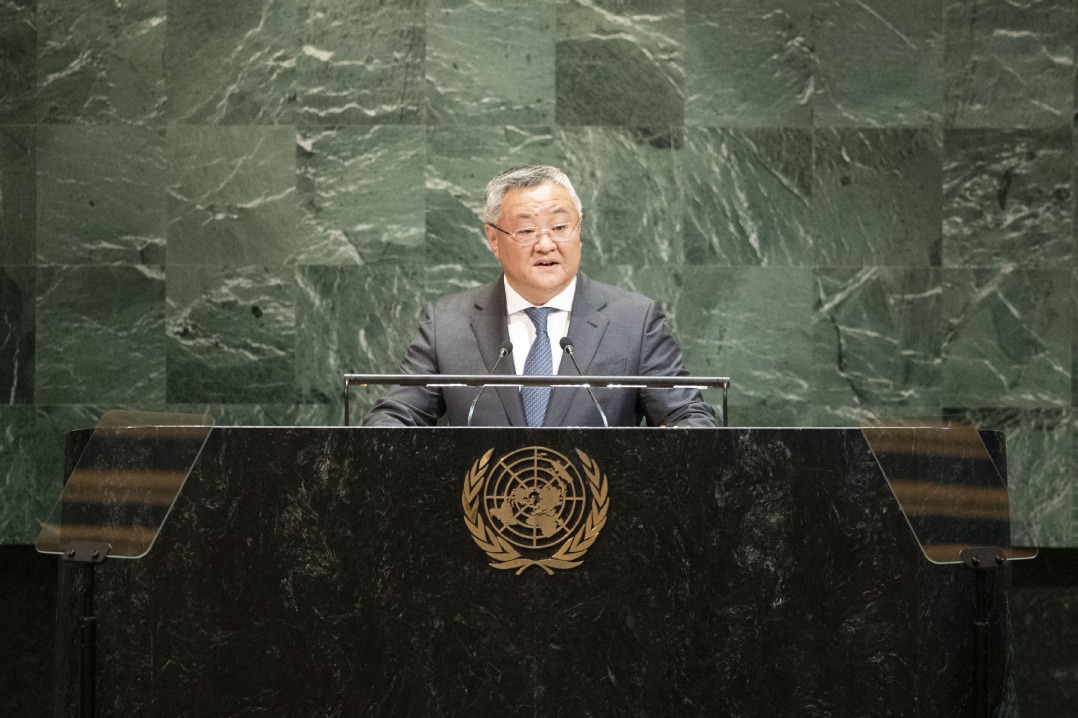Rare disease medicine debuts in China
By ZHOU WENTING | chinadaily.com.cn | Updated: 2019-04-28 15:31

The world's only medicine treating spinal muscular atrophy (SMA) is entering the Chinese market, it was announced Sunday.
The drug is registered under the name Spinraza in the United States and European Union.
Available in more than 40 countries and regions, Spinraza is expected to bring new hope for those who living with SMA, a genetic disorder that affects muscle control, in China.
SMA affects between one in 6,000 and one in 10,000 in China, and about 95 percent of the patients die 18 months after birth, doctors said.
Before the drug was available on the Chinese mainland, there was little effective therapy for the disease, and patients depended mainly on treatment such as respiratory and nutrition supports, said Xiong Hui, Beijing Medical Association rare disease committee member and Peking University First Hospital deputy director of pediatrics.
Spinraza debuted on the Chinese mainland having been fast-tracked through the market approval process for rare disease drugs, which, available overseas since July, are urgently needed in China.
The drug began the approval process in September and was issued a license in February.
Premier Li Keqiang said in February that the government will step up efforts to guarantee more than 20 million rare disease patients have access to required medication.
Medical experts said bills for patients requiring 29 of the 55 rare disease medicines available on the Chinese mainland have been partly or fully covered by the country's medical insurance system.
The average medical bill for rare disease patients is 200,000 yuan ($29,700) a year and more than 40 percent of patients have received no medical treatment due to the high prices, according to Li Linkang, China Alliance of Rate Diseases executive director.
Biogen, the United Sates-based pharmaceutical company that developed the drug, said that it is talking to the Chinese government, the medical and patient communities, and charitable organizations in a bid to establish a co-payment system to make the drug available to more patients.
























